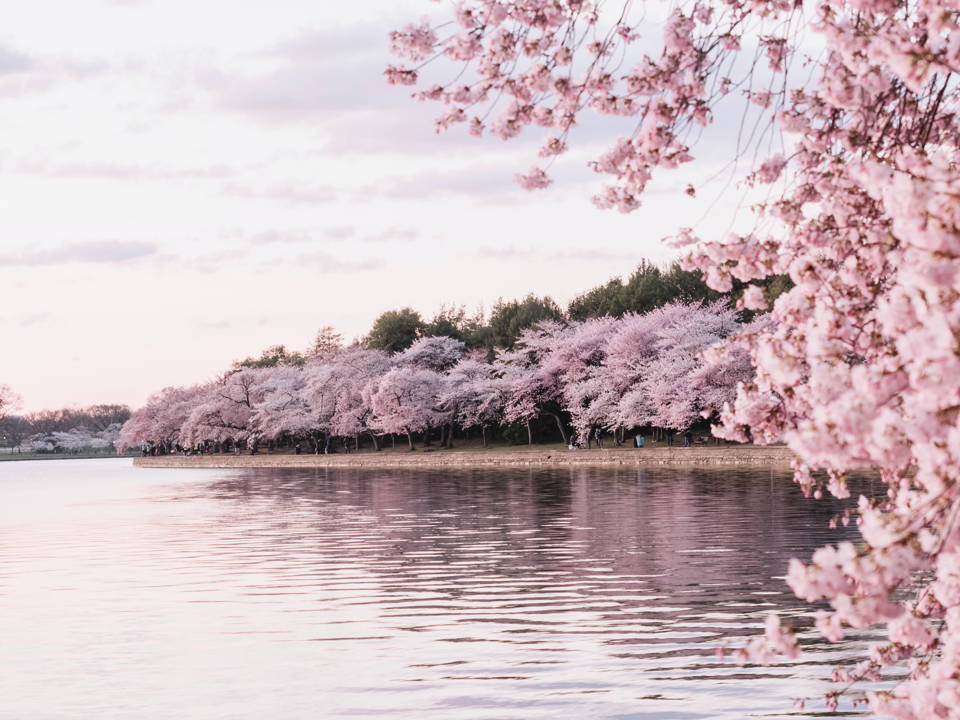Cherry Blossom and the Relation it Has to Japanese Culture
In Japan, a cherry blossom is called Sakura. A traditional sign in Japan that Spring has arrived, the cherry blossom flower symbolizes new life and growth. It also represents how fleeting and temporary life can be, with its blooms only lasting for a short time of typically around two weeks.
In Japan, the cherry blossom season is a time of celebration for the Japanese people. There are cherry blossom festivals throughout the country, as well as parties that center completely around this pretty pink and white flower.
The cherry blossom has become synonymous with Japanese Culture, showing up in artwork and literature throughout history.

Origins of the Cherry Blossom
Cherry Blossoms are the flowers of cherry trees that do not produce fruit and are just meant for ornamental use. Although cherry trees are native to many countries throughout the Northern Hemisphere, it is only in Japan that the cherry trees are bred specifically to produce such visually striking flowers.
Cherry blossoms were first seen in Japanese history in the Heian Period, which ranges from the eighth to the twelfth century. These trees were cultivar or bred for the purpose of producing cherry blossoms.
As a sign of good faith and friendship, Japan has given cherry blossom trees to other countries, including the United States, Canada, and Brazil.
Cherry Blossoms in History of Japanese Culture
“If I were asked to explain the Japanese spirit, I would say it is wild cherry blossoms glowing in the morning sun!” -Motoori Norinaga
Throughout the history of Japanese Culture, cherry blossoms have played an integral part in life and celebration. They symbolize new birth and the coming of Spring, but they also symbolize the nature of life and stand as a reminder that life can be beautiful but fleeting due to the blossoms only lasting for a short length of time.
Cherry blossoms have been the main theme for Japanese art, poetry, stories, songs, and even currency; the 100 Yen coin has a depiction of a cherry blossom on the face. The cherry blossom is also fittingly the national flower of Japan.
There has also been a history of spreading the Japanese Culture of cherry blossom appreciation to other countries. In 1912, the United States was granted a gift of cherry blossom trees from Japan as a sign of friendship. They were planted in the nation’s capital nearby the Jefferson Memorial. Every year, Washington D.C. has a cherry blossom festival marking the arrival of the flowers and a continuation of the celebration of Japanese Culture.
Cherry Blossoms in Japanese Culture Today
Today, cherry blossoms are celebrated every year in Japan. Blooming begins in March to April. This is a special time for the Japanese people, and most will participate in hanami, which translates to flower viewing. Flower viewing parties will happen continuously throughout the blooming period, which lasts about two weeks. During these parties, friends and colleagues will eat and drink beneath the cherry blossoms, a tradition that dates back to the eighth century.
